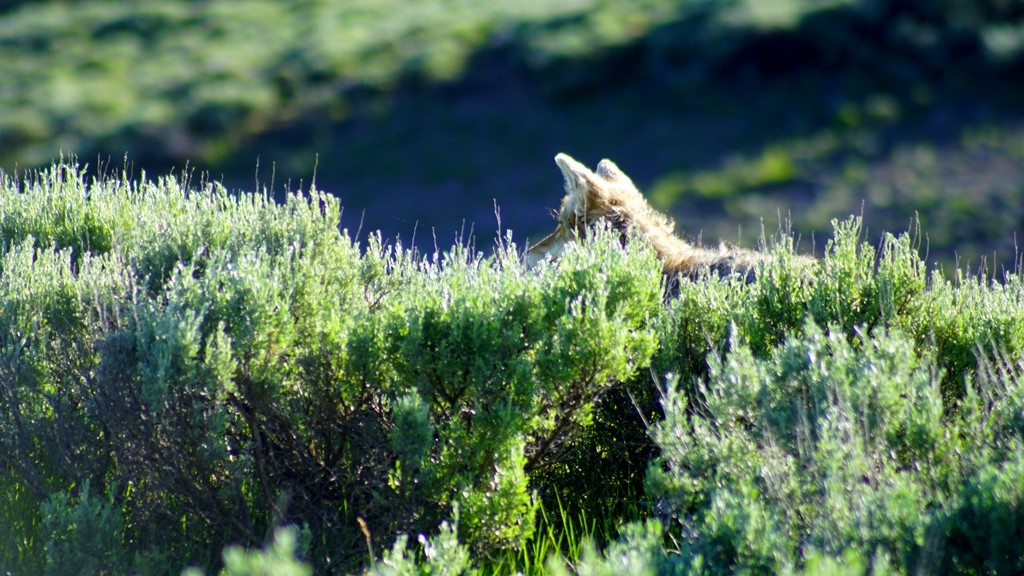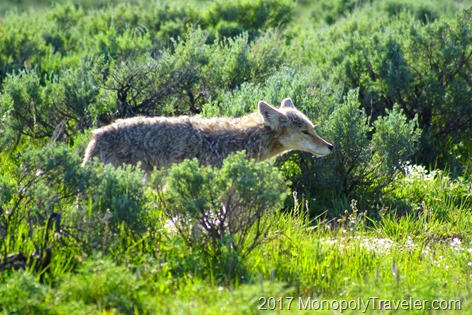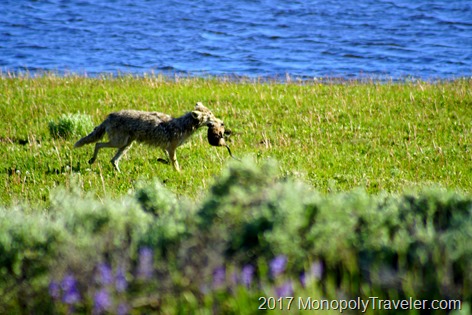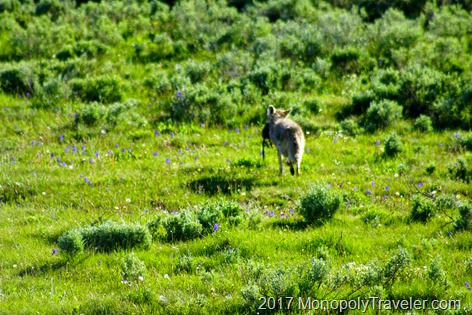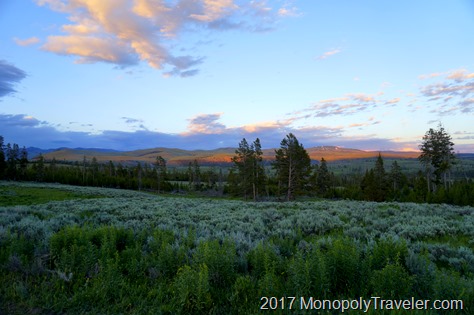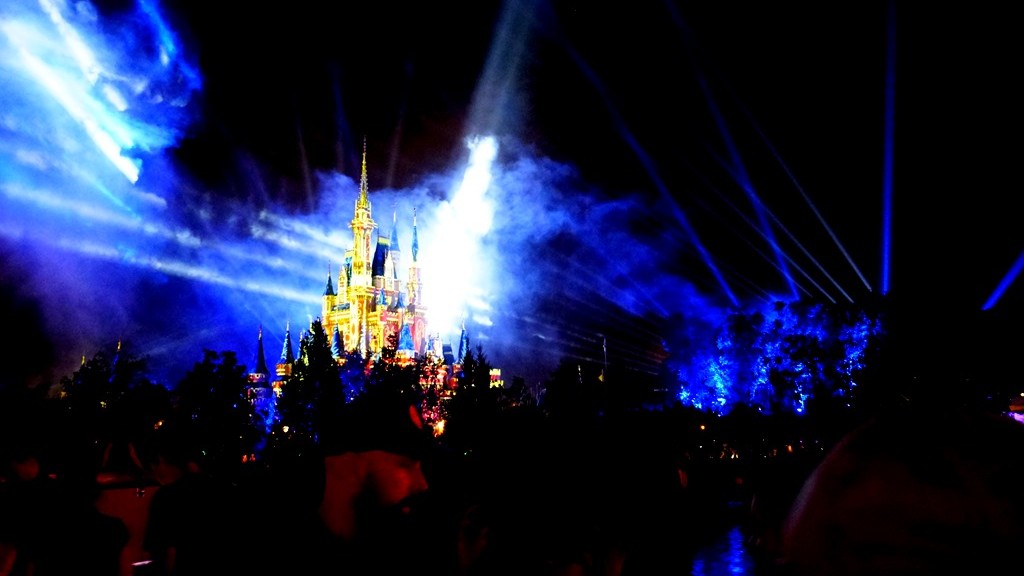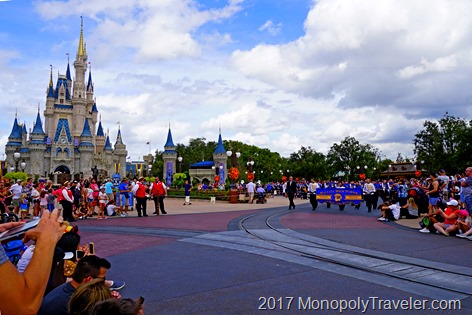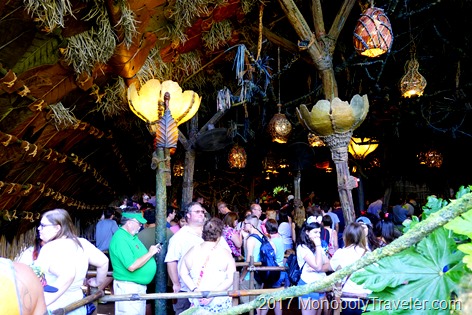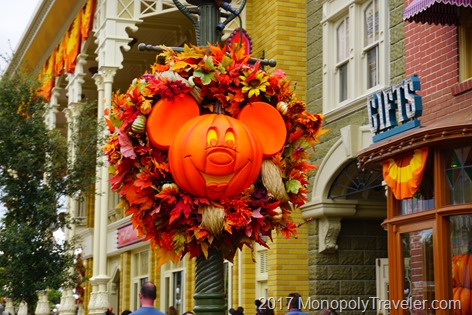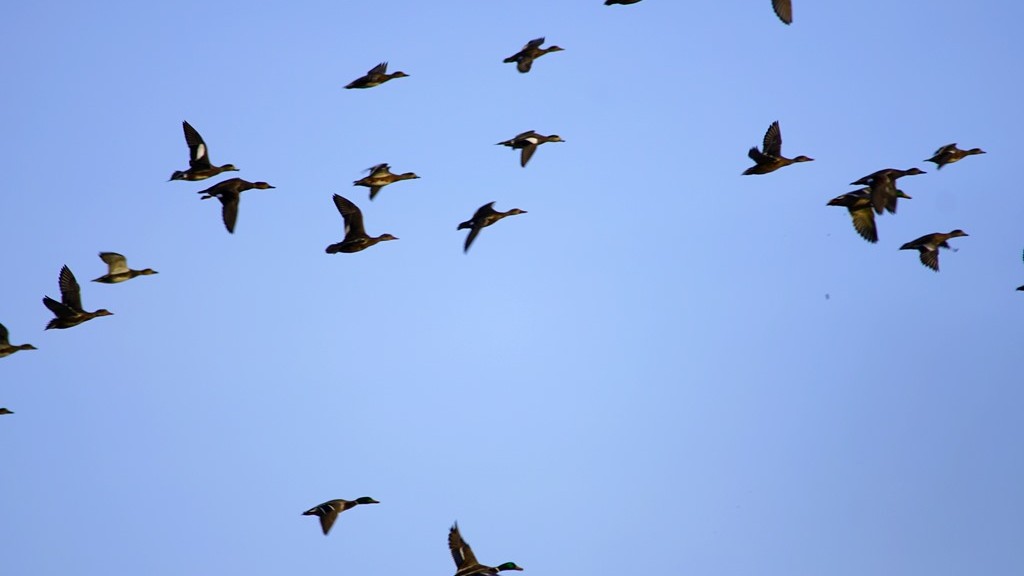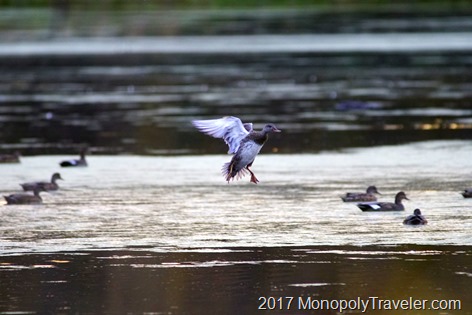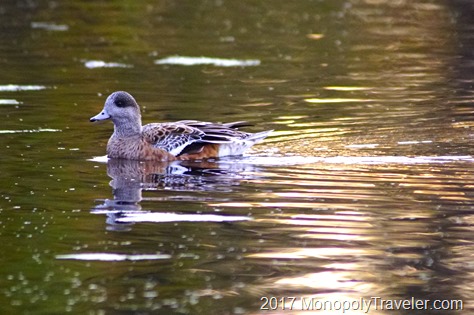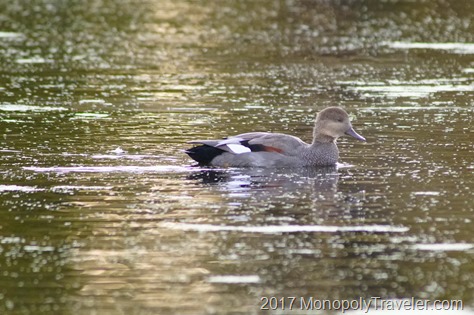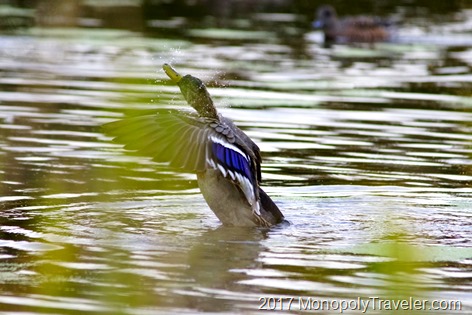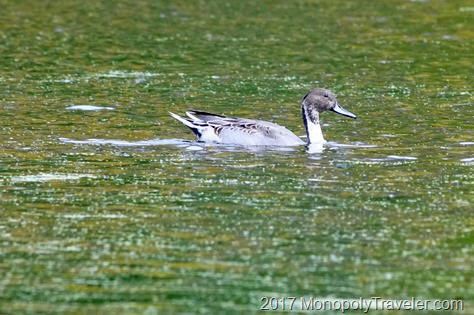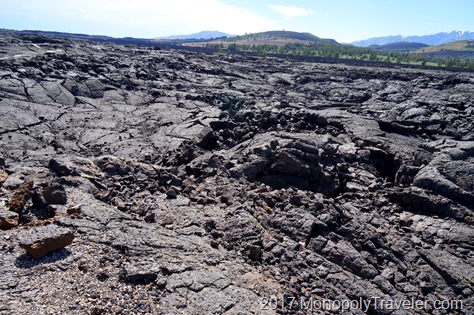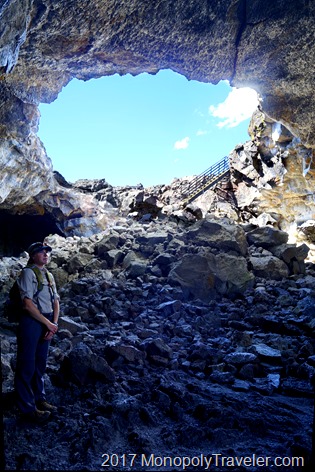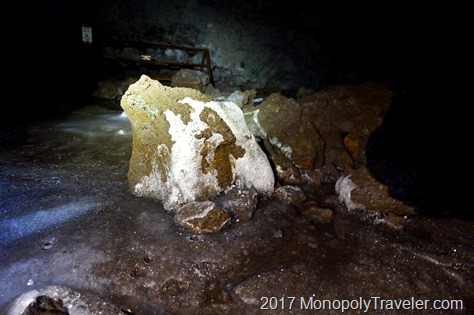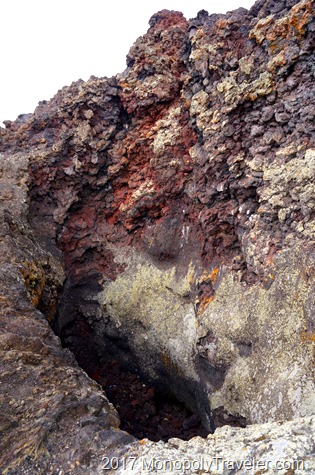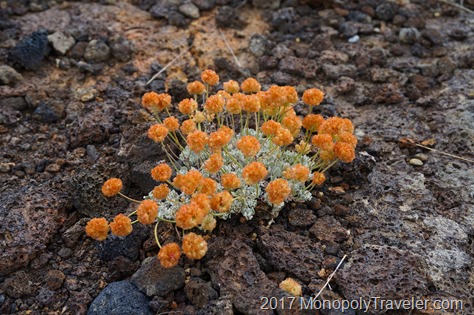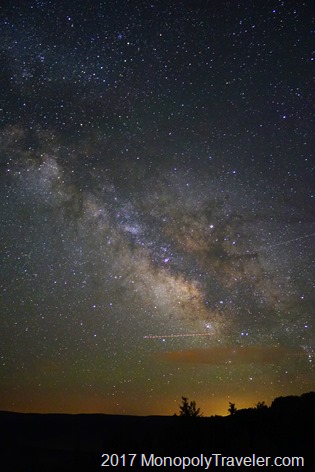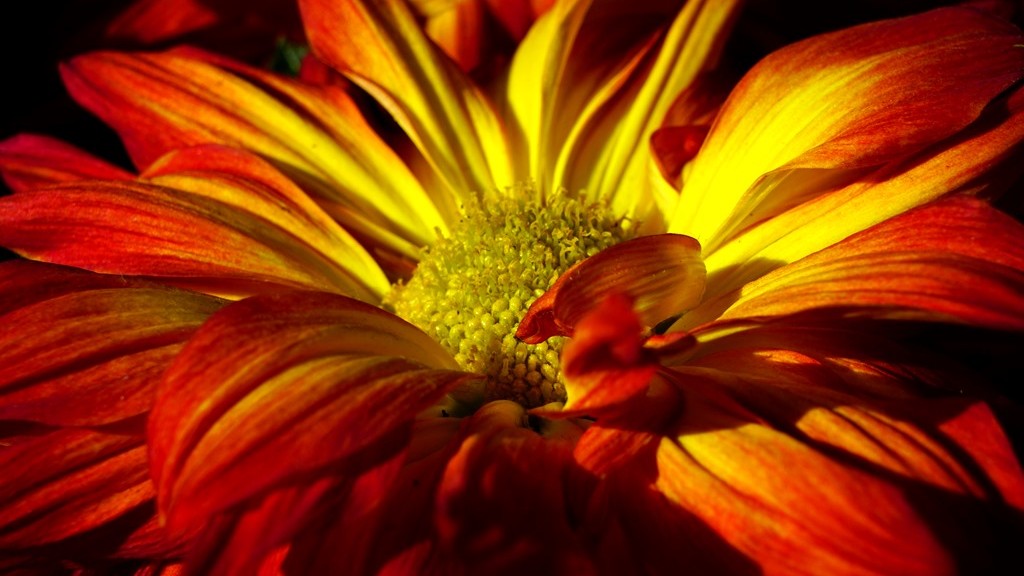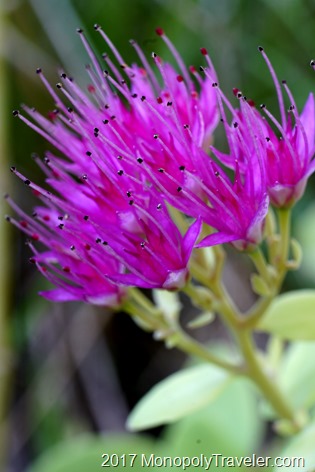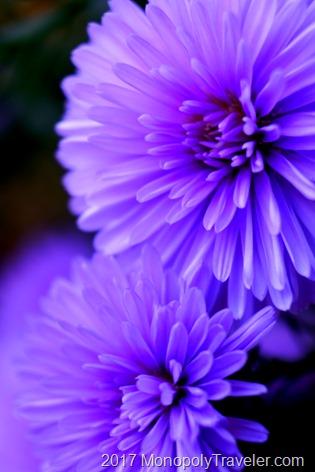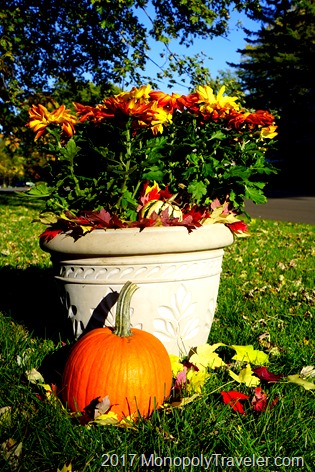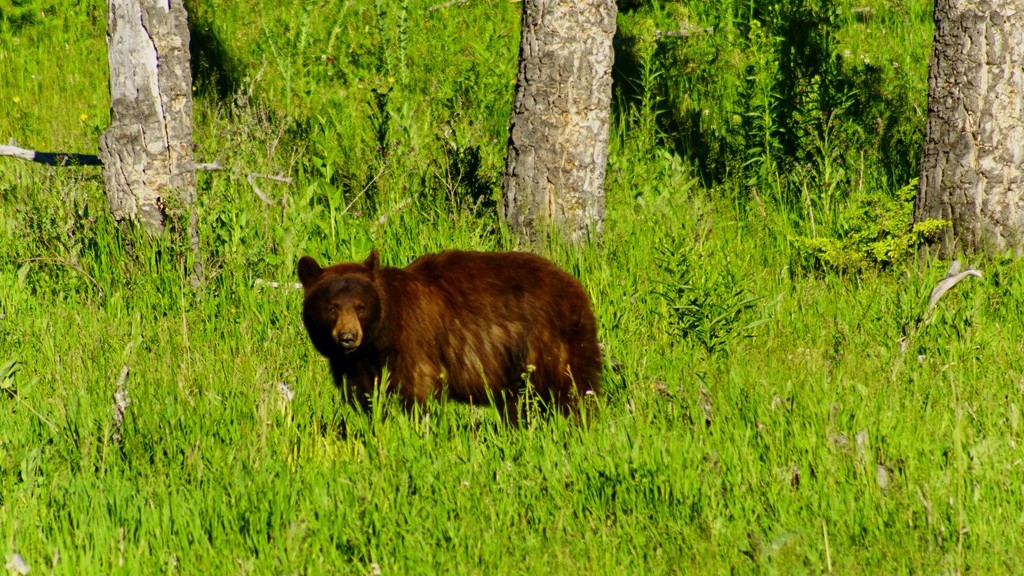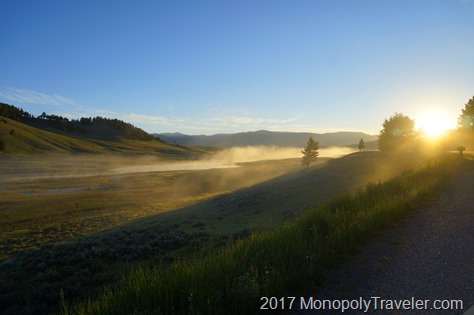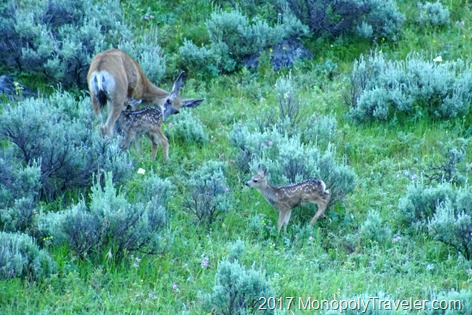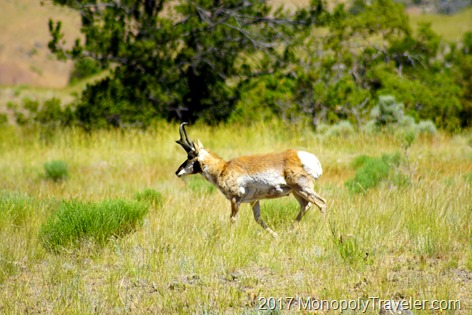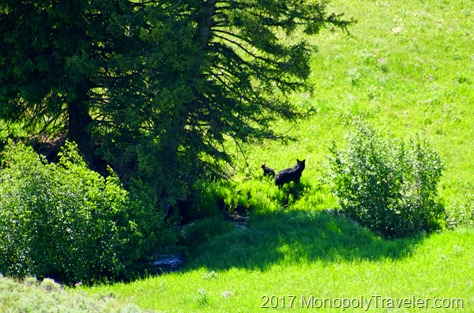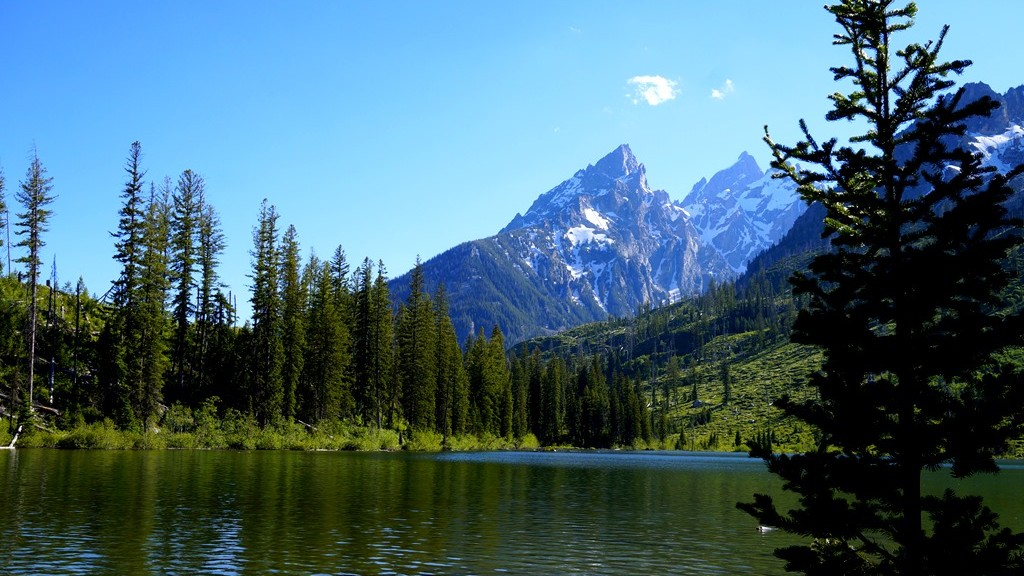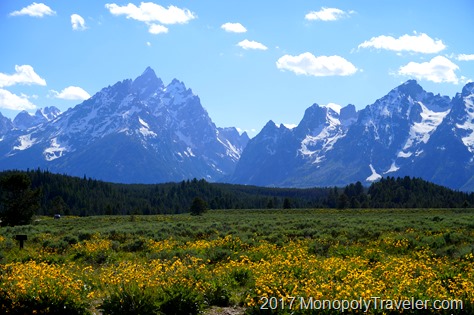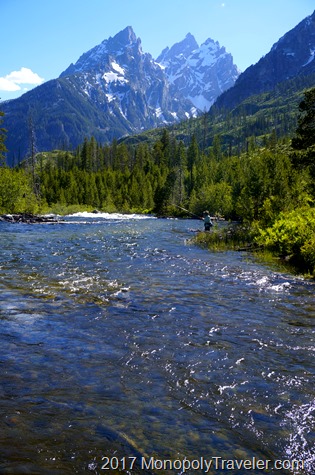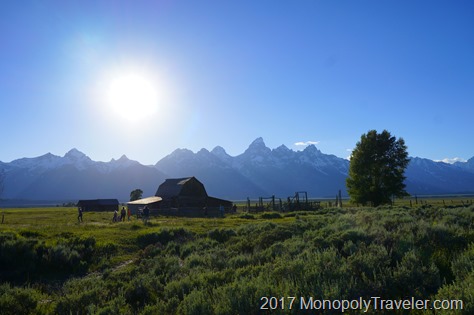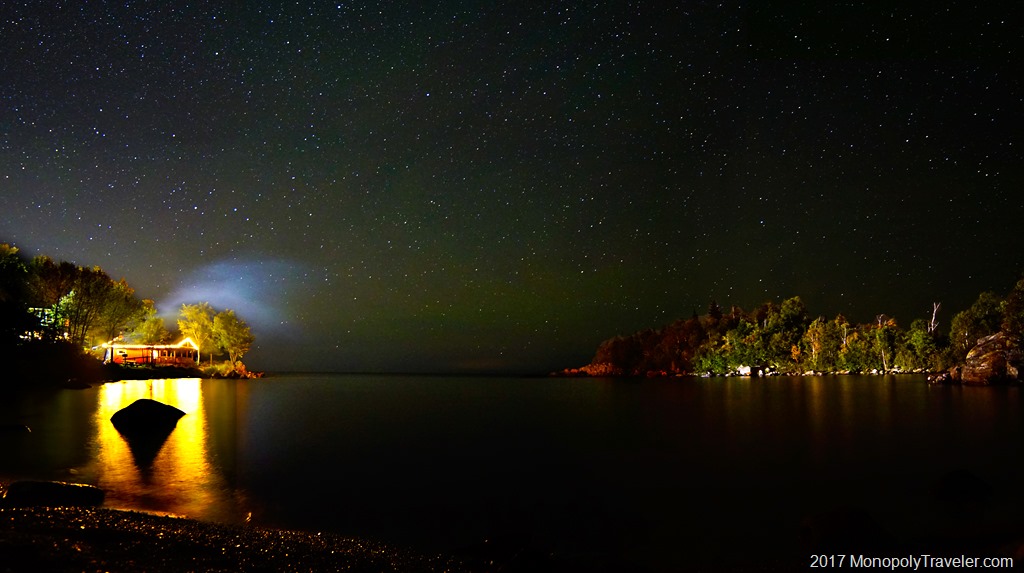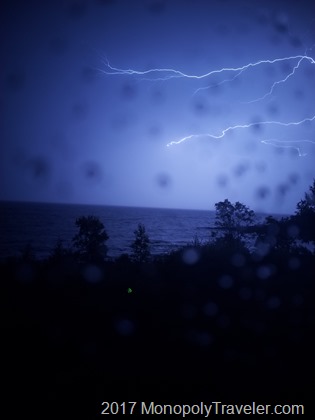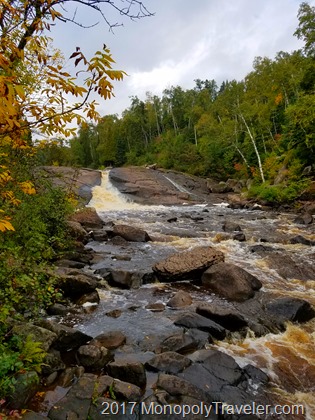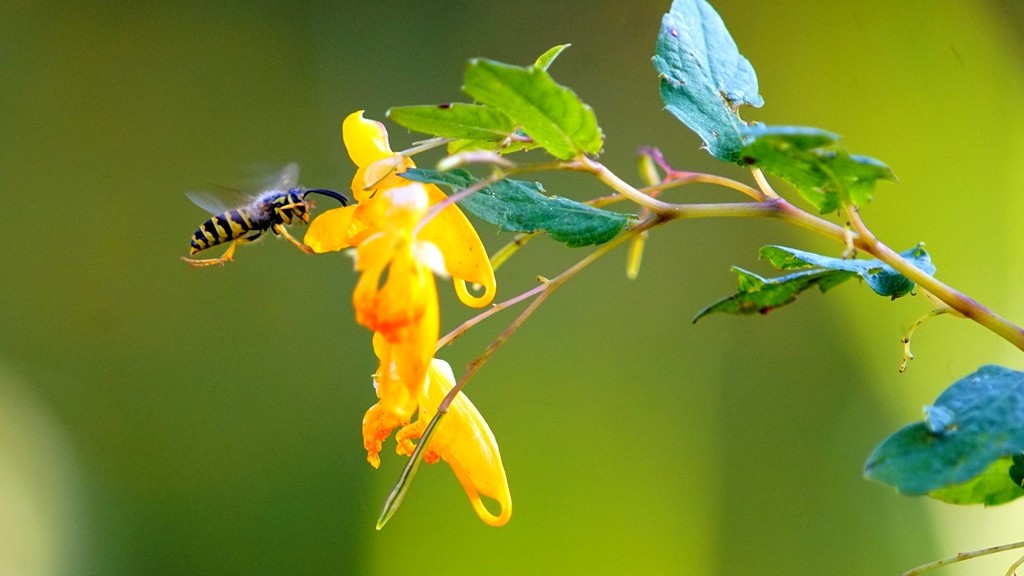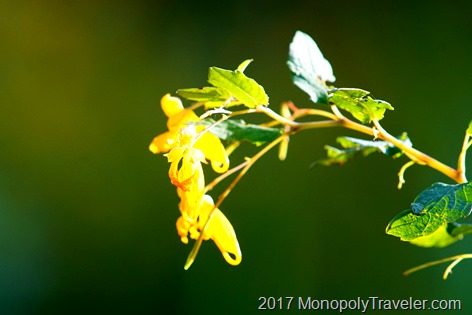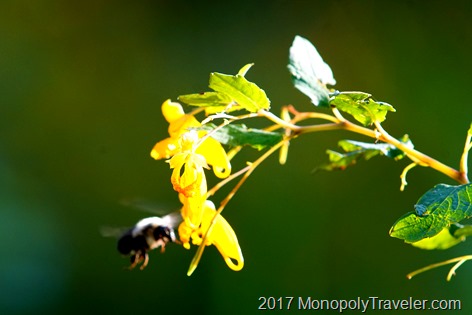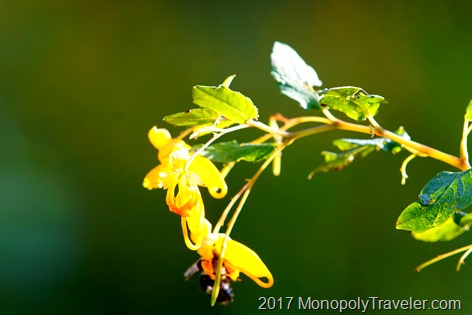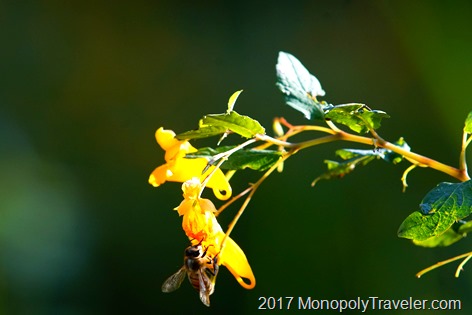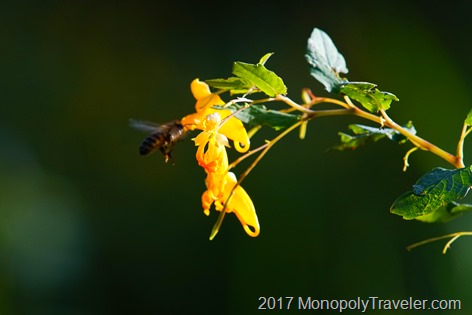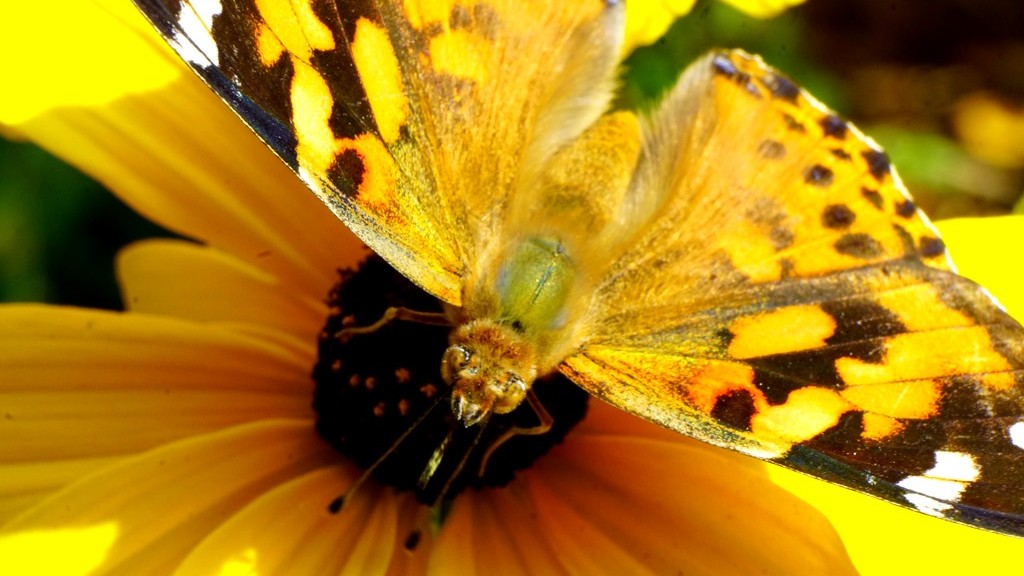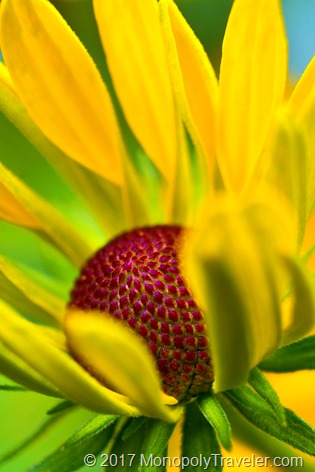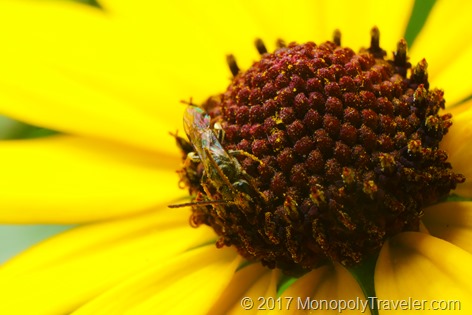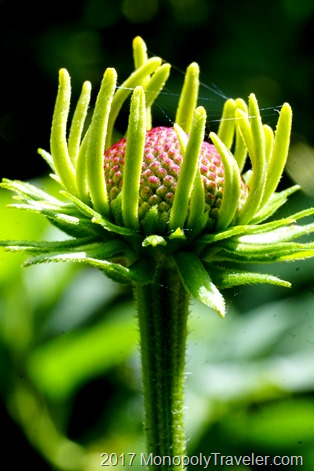On our recent adventure in Yellowstone, we were witness to a successful coyote hunt making for the end to a great day of exploring this incredible park. After a full day of taking in geysers, hot springs, and mud pots we traveled into the Hayden Valley in search of wildlife at the end of the day. This valley is well known for wolf and bear sightings because of all of the other wildlife that frequent the area so we thought a little time to stop and lookover this beautiful area would be a nice way to end a great day. There were buffalo, pronghorn deer, and elf to watch for awhile and then it was time to head back to our hotel for much needed rest. On our way I happen to spot something moving through the sagebrush right by a pullout so making a quick decision we pulled in. There was a coyote on the prowl less than fifty feet from our car.
My first reaction, a wrong move, was to get out of the car with the camera and begin taking pictures of this coyote so close to us. Before getting the door fully open I remembered that this was a wild creature and the rule in Yellowstone was twenty-five yards away or more for safety and immediately shut the door again while photographing through window openings. We could tell the coyote was contemplating what to do next. We obviously intervened in its original plans and now it had to adapt to us being there. After a few moments it moved a little further from the car and then continued on its original path continuing to hunt for an evening meal. The coyote disappeared into some long grass along a small pond so I was putting my camera away when I heard a quick squeal and a snap. Seconds later the coyote appeared again with food in its mouth.
I couldn’t believe how fast this animal was able to snatch a muskrat from the edge of the pond. Now this effective predator was further than the recommended distance so I quickly got out of the car with a camera and began snapping pictures while it found a place to eat. Up until this point we were the first, and only, people there but now others were stopping to see what we were watching. The coyote stopped in a great place to photograph it while eating so I brought the camera up and kept my distance to allow it a comfortable distance to take in this necessary food. Others were not so inclined to do this. With cameras in hand other eager visitors decided to try to get closer for a better picture. That was all the coyote needed to decide this meal was better consumed in a different spot so it trotted away through the sagebrush keeping all of us bystanders out of sight.
It kind of felt like a missed opportunity which irritated me a little as I’ve seen over and over again people always pushing for a closer photo often scaring away the wildlife to end up with no good photo at all. I understand the desire to get closer pictures but if you don’t have the appropriate camera gear to take photos from a safe distance for you and the animal, accept this fact and take the pictures you can get safely. I also understand that reading the body language of an animal is a skill not often possessed by tourists so they don’t realize when that animal is not comfortable. I was grateful to be the first ones on this scene to be able to watch this coyote hunting and successfully capturing its prey. A fun experience at the end of our day only to be capped off by a beautiful sunset! Another great adventure in Yellowstone National Park.

